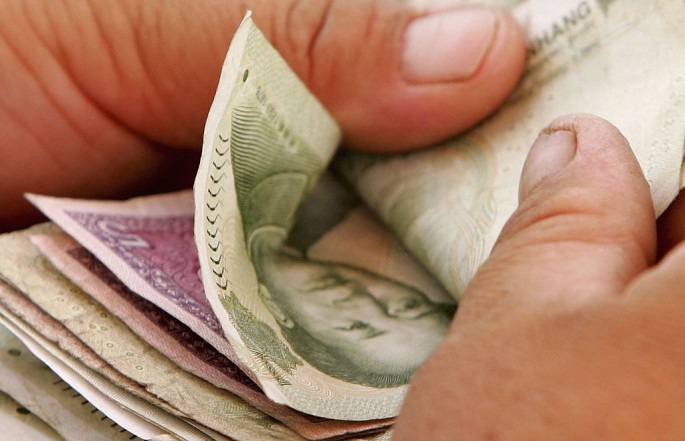Economists see China in a possible middle-income trap after the country posted a gradual decline in its economic growth from the double-digit GDP growth recorded in 2010 down to 2015’s 6.9 percent.
According to China Daily's analysis, China is facing a possible middle-income trap, the term referring to the situation when a country is shackled by "high wages and the loss of its competitive edge" that it no longer surpasses the "middle-income range."
In fact, the outlet pointed out that some pessimists are already assuming that a middle-income trap is inevitable considering the country's slow-but-consistent decline in GDP growth.
Middle-income Trap
According to the Straits Times, the middle-income trap is a concept that has been widely discussed but also increasingly misunderstood by many over the years.
"It is simply about how a less developed economy (LDC) loses growth momentum after its initial easy phases of growth and stagnates, and is unable to graduate to become a developed economy," the outlet explained. "This LDC fails to make the critical transition from middle income to high income."
Basically, this concept refers to a country being "trapped" in the middle-income range after being boosted from a low-income nation, according to the International Monetary Fund.
"Once they achieve middle-income status, wind up stagnating there, unable to move to high-income status. This is usually because the very factors that fostered the country's rapid growth start to evaporate as its income levels increase," Investopedia explained.
Based on a 2012 report from The Economist, some countries that have already "escaped" this trap include South Korea, Taiwan, Israel and Greece.
The outlet's chart shows China still caught in the middle-income trap after its 10.6-percent growth in 2010 already decreased in 2012 to only 7.7 percent.
China Will Not Be Trapped
According to Investopedia, the Chinese economy's growth pace was at 10 percent per year for about 30 years.
This growth, which the website deemed to be unprecedented, lifted more than 600 million Chinese from poverty and pushed it from being a low-income to a middle-income nation.
Unfortunately, many economists used this "low-level equilibrium trap" concept to tag nations like China that are not able to maintain their "growth spurt."
However, Straits Times explained that China would not be held captive in this concept simply because its growth rate had been grossly misinterpreted.
"China's so-called 'slowdown' has actually been quite moderate--'slow' only in China's own historical growth context," the outlet explained.
Furthermore, China's sudden growth had been largely caused by the technological progress, which the site deemed as the "easy sources."
"China today has already exhausted such easy sources of technological progress, and is no longer picking low-hanging fruit. Its future productivity gains will have to come from its own technological development," the outlet added.



























